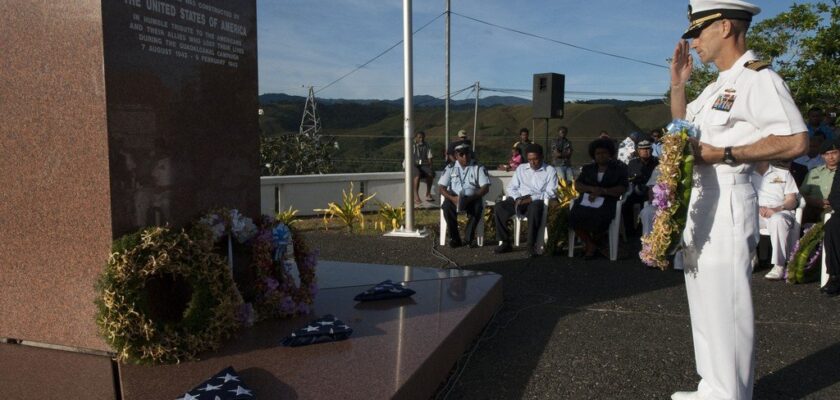Guadalcanal Island
Guadalcanal Island is located in the South Pacific Ocean, part of the Solomon Islands archipelago and part of the Melanesian state of the same name. The volcanic island is characterized by a hot tropical climate, frequent earthquakes and cyclones. Guadalcanal has gone down in history, thanks to the bloody battles during World War II that took place between Allied forces and the Japanese Empire.
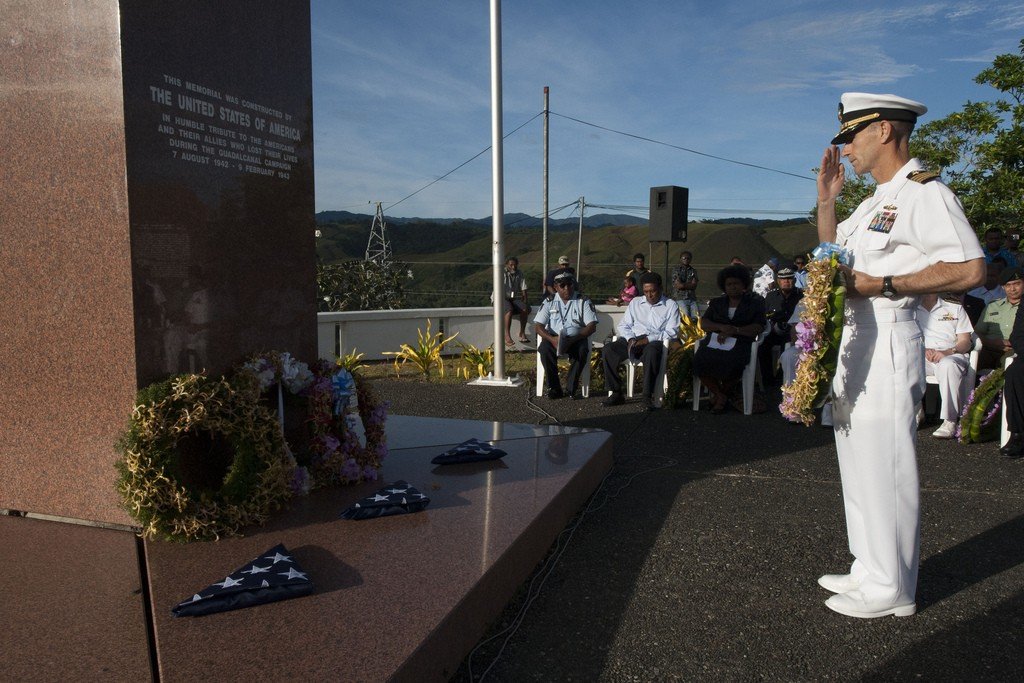
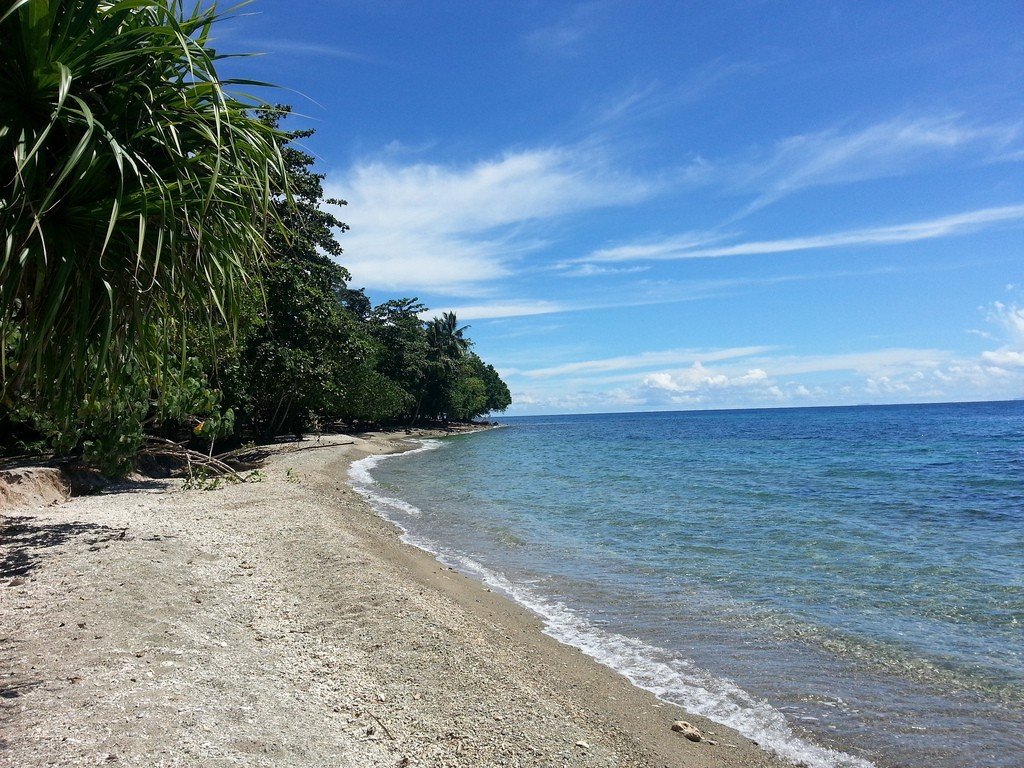
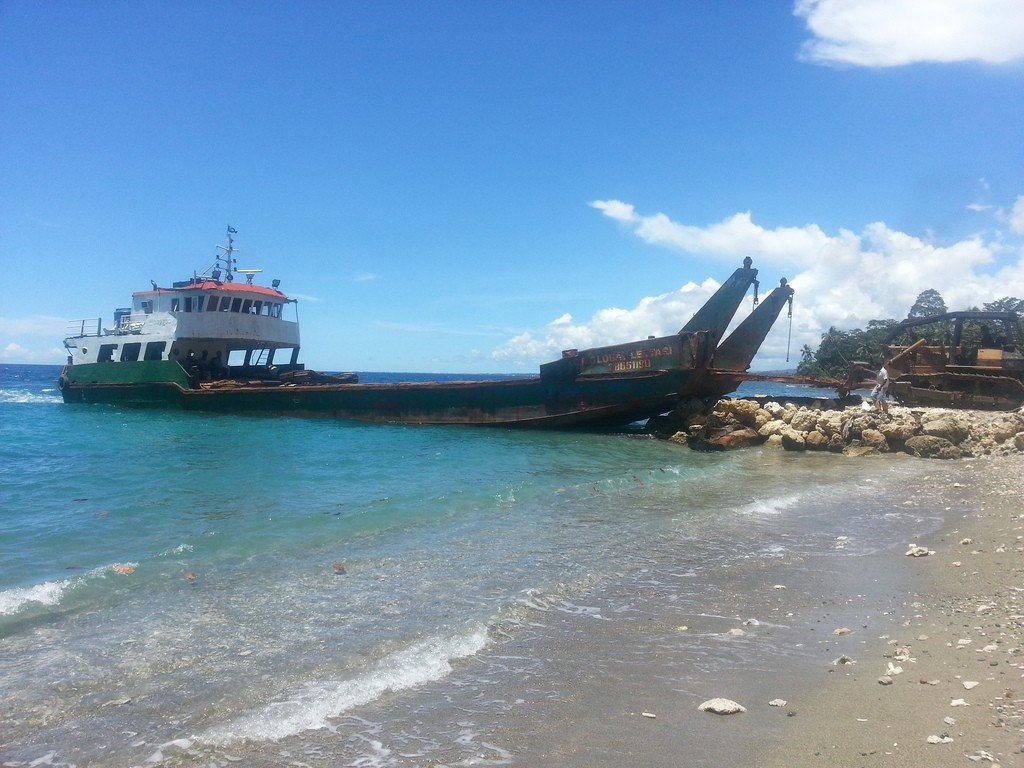
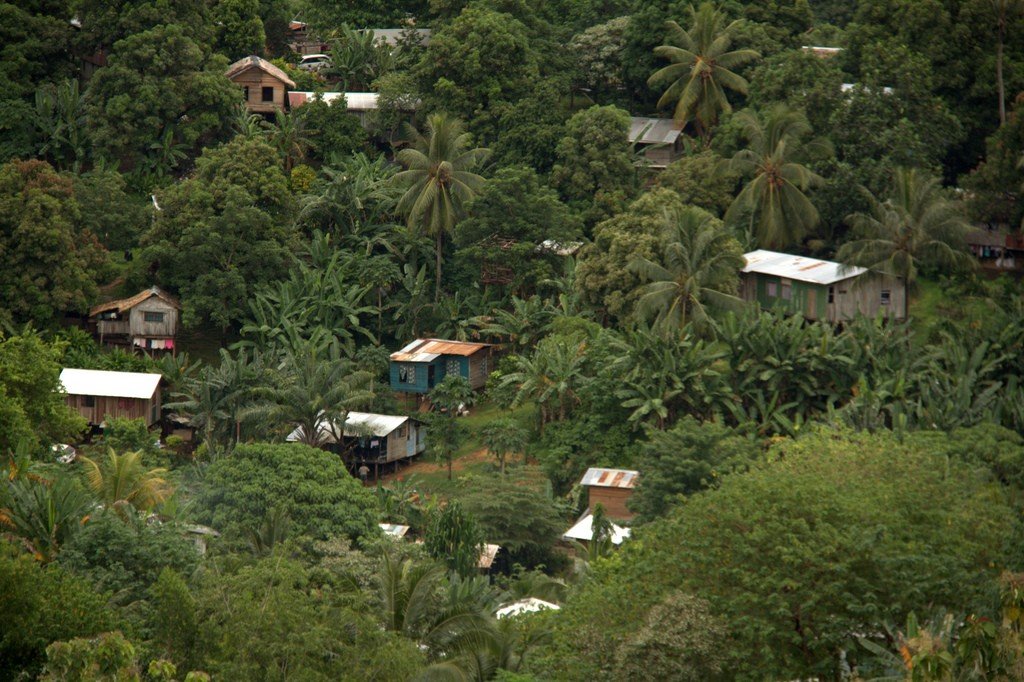
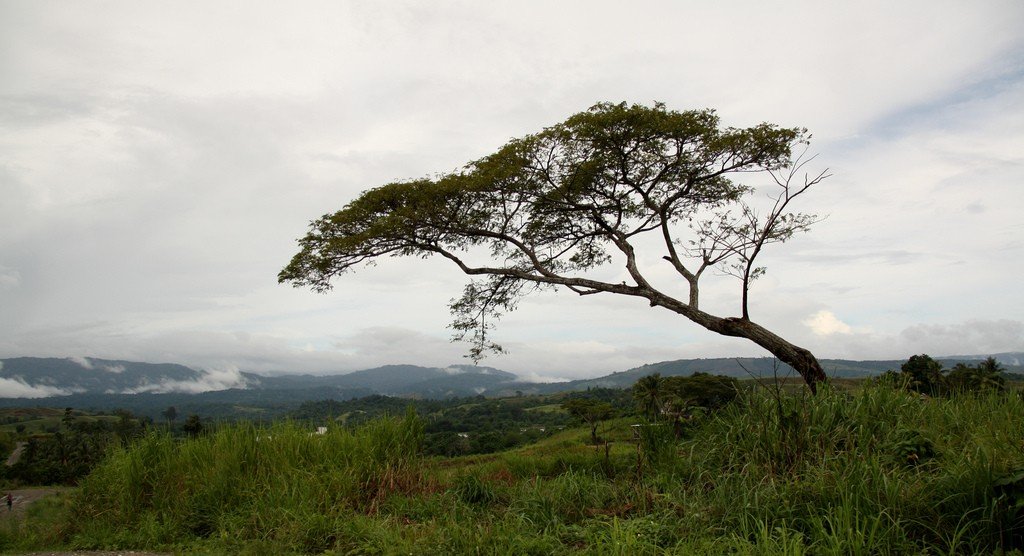
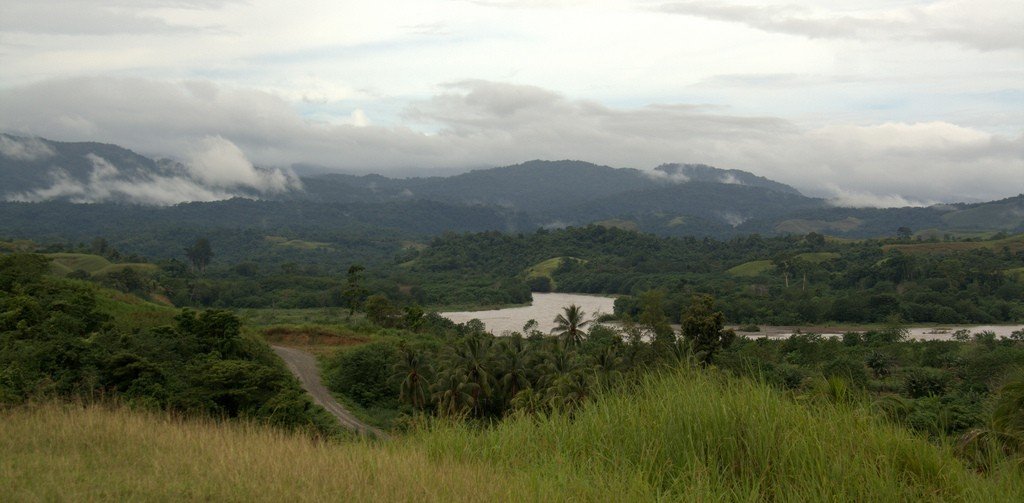
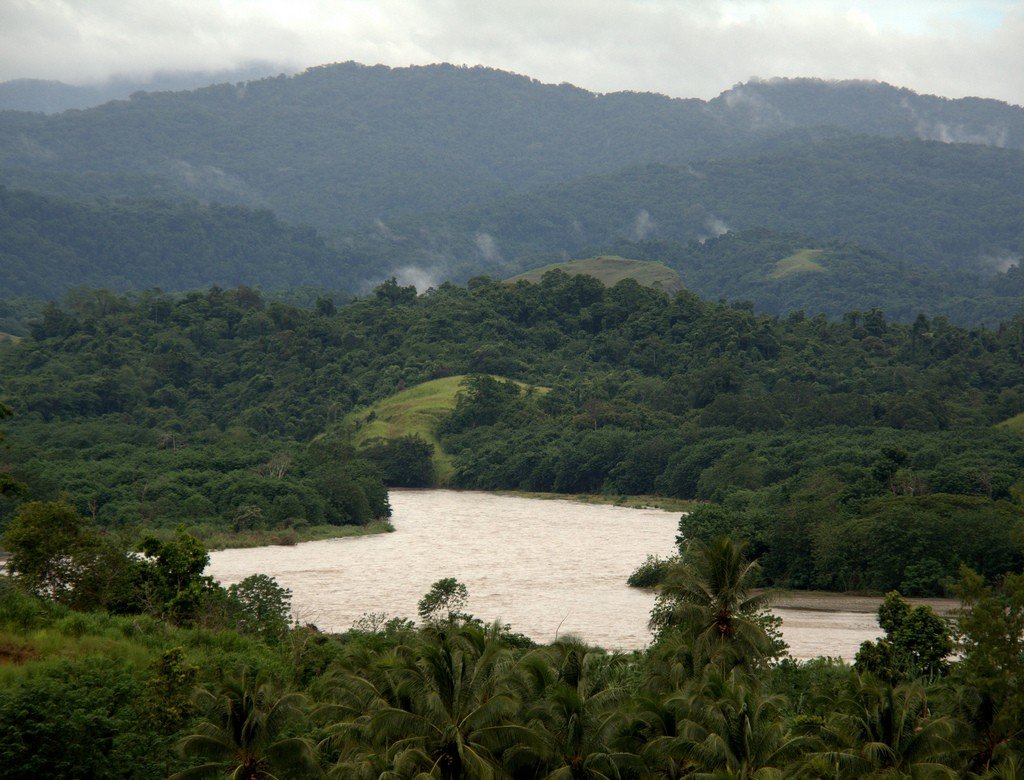
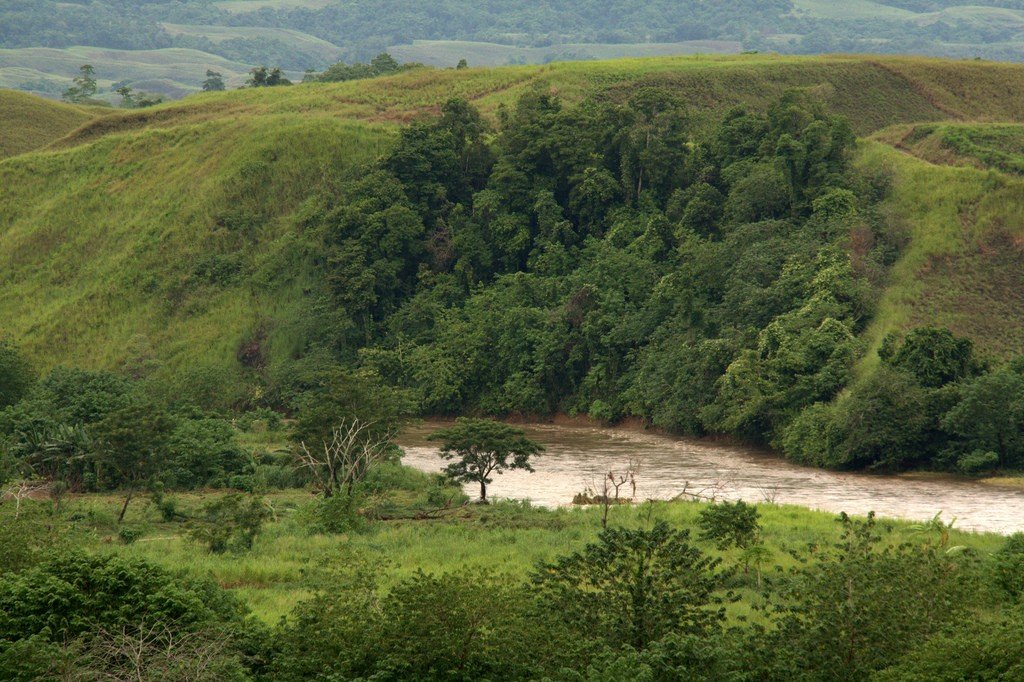
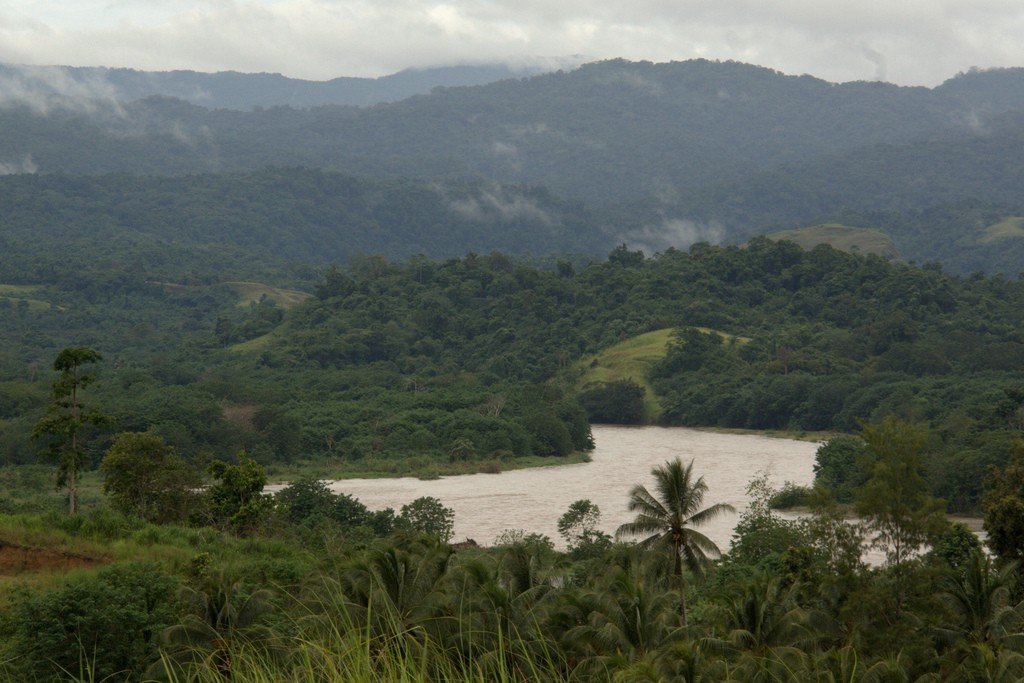
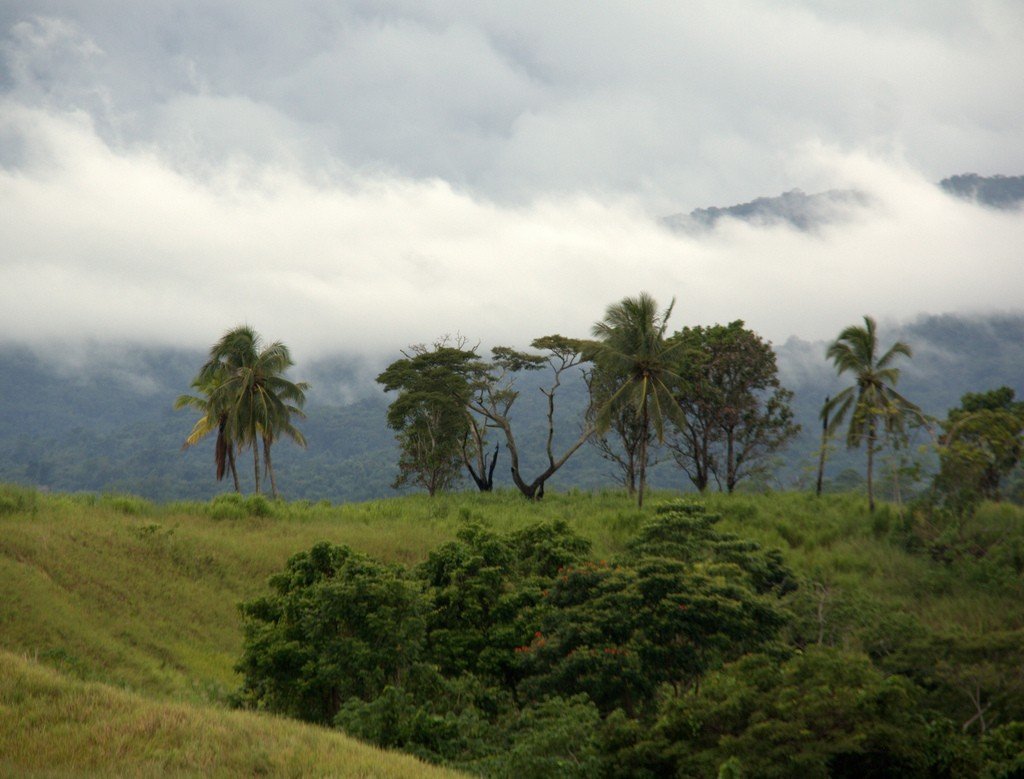
Video: Guadalcanal Island
” title=”YouTube video player” frameborder=”0″ allow=”accelerometer; autoplay; clipboard-write; encrypted-media; gyroscope; picture-in-picture; web-share” allowfullscreen>General Information
Guadalcanal is the largest island in the archipelago, measuring 150 by 48 kilometers and covering an area of 5,352.9 km². It is home to just over 109,000 people. The population communicates in Melanesian languages and Tok Pisin Creole and call their island Isatabu.
.Coral reefs exist around Guadalcanal. The island itself is mountainous. Its highest point is Popomanaseu Peak, rising to 2,335 meters. Visible from afar, the peak plays a major role in the beliefs of the islanders and is home to many rare and endangered species of plants and animals. The northern part of the island is a green alluvial plain stretching 460 km² and cut by a dense network of rivers.
.
Tourists are attracted to these places by the beautiful climate – the average annual temperature on Guadalcanal Island is +25 ° C.
. People come here for a good beach vacation, sea fishing, snorkeling and diving.
.
Almost all the hotels of the island are located in the city of Honiara. There are also many good restaurants here, offering travelers dishes prepared in the traditions of Southeast Asian, European and Pacific cuisine.
.
History of the island
The island of Guadalcanal was discovered by the Spanish navigator Alvaro Mendaña de Neira. He landed here in 1568 and named the Pacific island after a province of his native Andalusia, Guadalcanal.
.
The colonization of the island did not happen immediately. For a long time, the native islanders had little contact with Europeans, and only a few whalers and merchants visited Guadalcanal. In 1845, Catholic missionaries landed on the island. After that, locals were hired to work on plantations in the Fiji Islands. From the late 19th century until 1971, the island was under British protectorate.
.Events of World War II
From early August 1942 to early February 1943, the Battle of Guadalcanal Island took place in the Pacific Ocean. This stretch of land was crucial to controlling the routes of the maritime convoys traveling between New Zealand,
Battles between Allied forces and the Empire of Japan were fought on land, at sea and in the air. In early August, the first units of Allied troops gained a foothold in the northern part of the island. The Japanese were taken by surprise, and the U.S. Marines managed to capture a strategically important airfield. They were later joined by other Army units. Fierce fighting took place for several months, lasting until December. The Japanese tried to regain the captured land, but failed.
.The Battle of Guadalcanal Island was a turning point in the Battle of the Pacific. During it, the Americans lost 6,696 men, two aircraft carriers, eight heavy and light cruisers and fifteen destroyers. Japan lost 24,600 experienced soldiers, two aircraft carriers, two battleships, four submarines, five cruisers, twelve destroyers, and twenty-three transport ships. But the main outcome was that she lost the initiative in the Pacific forever.
Honiara
The capital of the Solomon Islands state and the largest city on Guadalcanal Island is small, and all of Honiara’s attractions can be seen in one day. It is home to government offices, churches, schools and comfortable hotels.
How to get there
The island of Guadalcanal lies between the islands of Santa Isabel, Malaita, Rennell and San Cristobal. Henderson Field International Airport is located 8 km east of Honiara, with flights from Brisbane, Australia, the Republic of Vanuatu, the Fiji archipelago and several other island nations.
